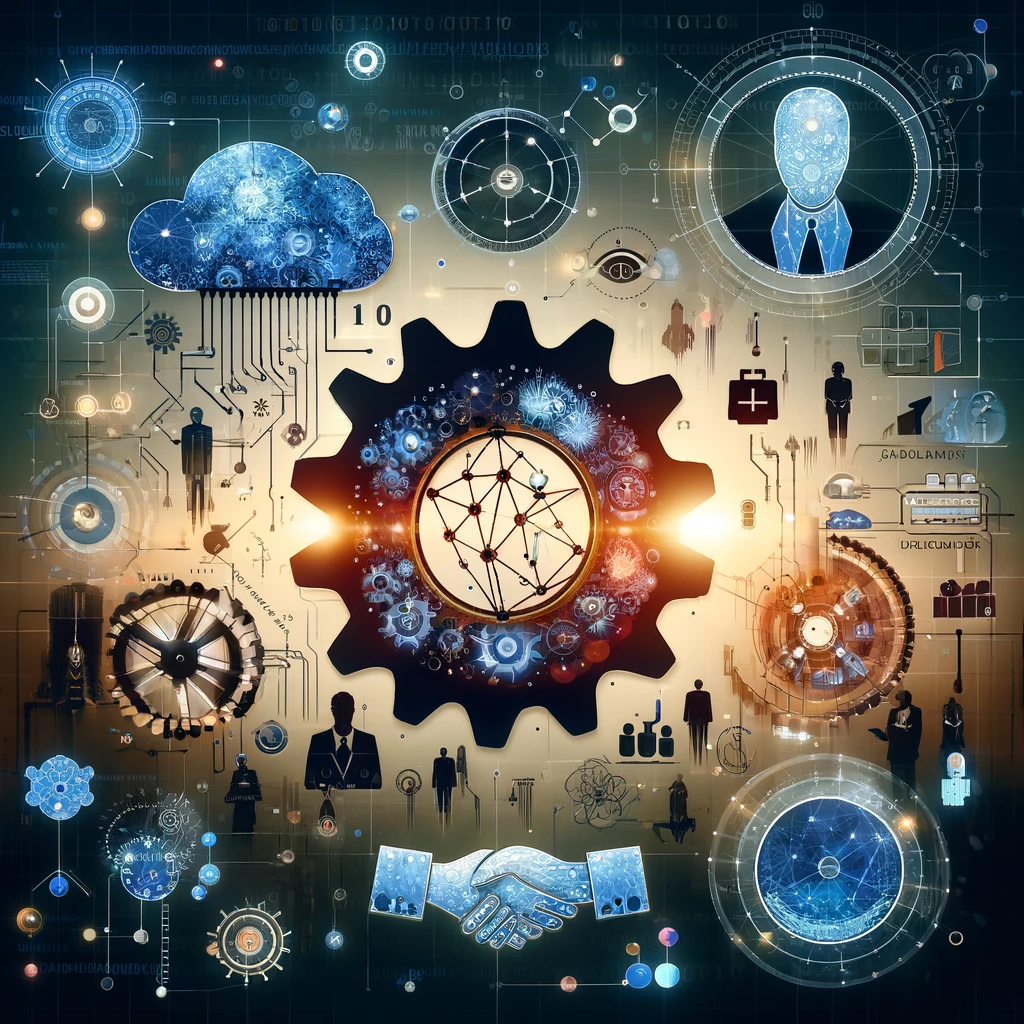MLOps, which stands for Machine Learning Operations, is a practice for collaboration and communication between data scientists and operations professionals to help manage production machine learning (ML) lifecycle. It combines machine learning, DevOps, and data engineering, which makes it an essential practice across various industries that rely on machine learning models.
MLOps ensures that ML models are deployed efficiently, monitored, and maintained properly, which is vital for industries that depend on accurate and timely predictions. As machine learning becomes more pervasive across sectors, MLOps practices are likely to become an integral part of any industry that seeks to leverage AI for operational and strategic advantages.
MLOps is not specific to any one type of machine learning, such as supervised or unsupervised learning; instead, it is a set of practices that can be applied to any ML process to improve the efficiency and quality of machine learning solutions. It is especially crucial in industries where ML models are frequently updated or need to scale, including but not limited to:
- Technology and E-commerce: Companies that use ML for recommendations, search algorithms, and customer service, like online retailers, streaming services, and social media platforms.
- Finance: For credit scoring, algorithmic trading, fraud detection, and risk management. Financial institutions use ML models that require high accuracy and reliability.
- Healthcare: In personalized medicine, diagnostics, drug discovery, and patient management, where models must be compliant with regulatory standards.
- Automotive: For autonomous driving systems and advanced driver-assistance systems (ADAS), which require continual updates and high levels of safety and performance.
- Manufacturing: For predictive maintenance, supply chain optimization, and quality control, where models need to be robust and consistent.
- Energy: In smart grid management and demand forecasting, where models must adapt to changing conditions.
- Telecommunications: For network optimization, customer churn prediction, and fraud detection, which require high uptime and real-time processing.
Different machine learning (ML) models and workflows can require different MLOps architectures or approaches. Here are a few reasons why this might be the case:
- Model Complexity: More complex models, such as deep learning networks, may need more resources for training and inference, and thus a more robust MLOps architecture to manage those resources.
- Data Sensitivity: Models that use sensitive data may require an MLOps architecture with enhanced security features, like data encryption and access control.
- Model Training Frequency: Models that need to be retrained frequently, like those used in rapidly changing environments, require an MLOps architecture that can handle continuous integration and deployment (CI/CD).
- Inference Latency: Real-time systems, such as recommendation engines or fraud detection systems, need low-latency predictions. An MLOps architecture for these systems will need to focus on optimizing model serving to reduce latency.
- Scalability: Some models are used in scenarios where they need to serve a high number of predictions at scale. MLOps for such models needs to ensure that the architecture can scale up or down based on demand.
- Regulatory Compliance: Different industries are subject to different regulations. An MLOps architecture in healthcare, for example, would have to account for HIPAA compliance, whereas one in finance might need to comply with GDPR or SOX.
- Data Drift and Model Decay: Some models might be highly sensitive to changes in input data (data drift) or may decay in performance over time. MLOps for such models need robust monitoring and alerting systems for model performance and data quality.
- Model Explainability and Governance: In industries or applications where explainability is crucial, MLOps architectures might need to incorporate tools and processes for model interpretability, auditing, and documentation.
- Environments and Deployment: Some models may be deployed on-premises, while others may be deployed in the cloud. Hybrid models might even span both. Each of these scenarios can call for a different MLOps setup, with different concerns around connectivity, data transfer, and security.
- Testing and Validation: The complexity of the model and the criticality of its decisions will influence the depth and breadth of testing required. For instance, models used in autonomous vehicles would require extensive testing and validation workflows.
MLOps is not one-size-fits-all, and the architecture should be tailored to the specific requirements of the machine learning models and the business problems they aim to solve. This ensures that models are developed, deployed, and maintained effectively and efficiently.



